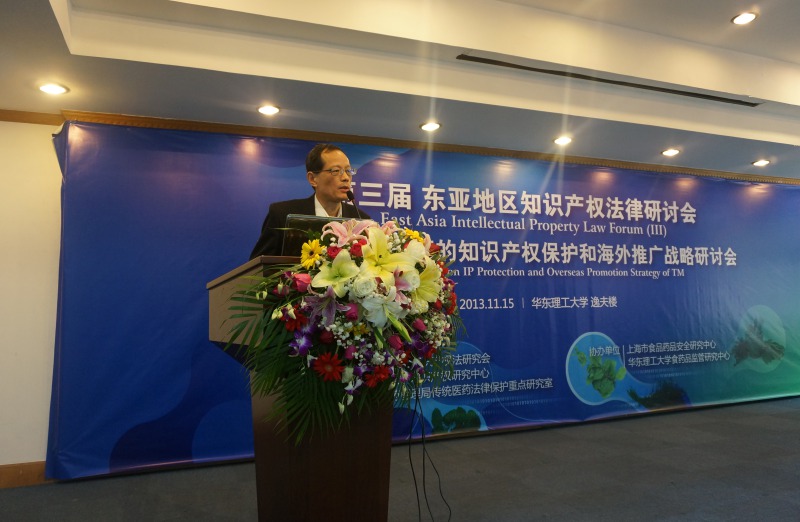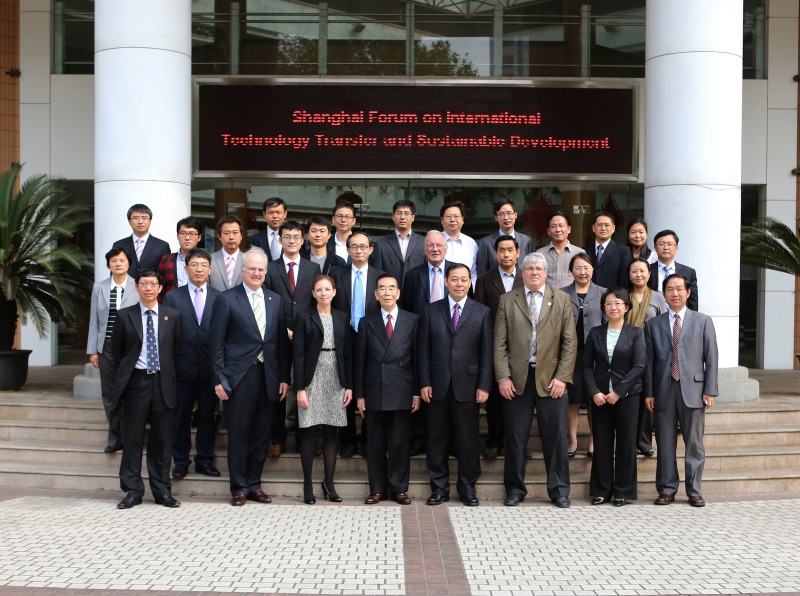New functions of plant type development genes
By studying the molecular mechanism of the TCP family transcription factor TEN, the identity gene for cucumber tendril development, regulating tendril development and movement in cucumber, CAAS revealed how the transcription factor binding within genes regulated gene expression, providing an important basis for further understanding the gene regulatory network for plant type development. In facility cultivation, cucumber needs to grow with hanging tendril without tendril climbing ability. Tendril development not only competes for nutrients, but also increases the storage capacity, so it needs to be removed in time. Since removing tendrils manually is time-consuming and laborious, the cultivation of tendrils free varieties suitable for light and simple cultivation has become an important direction for the improvement of cucumber plant type.
Previous research by the team cloned the identity gene TEN, which controls tendril development, and revealed that the cucumber tendril homology organ is a collateral branch. TEN belongs to the TCP family of CYC/TB1 transcription factors, through the molecular mechanism of TEN regulation tendrils of morphological development and motor ability, the team found that TEN by direct regulation of ethylene synthesis to control tendrils of the form and climbing. Studies have found that TEN is a new multi-functional transcription factor, whose C-terminal is responsible for binding to the downstream target's intra gene enhancer, and its N-terminal domain is a new class of histone acetyltransferase, which mainly acetylates and modifates the sphere region of histone H3 to maintain chromatin opening, thus activating the target gene expression. CYC/TB1 transcription factors play a central role in plant type regulation. For example, the key domesticating gene TB1 promotes the transition from teosinus to maize by inhibiting tillering formation.
The homologous gene TB1 of TEN in maize, through the same mechanism to bind to the key target gene intra enhancer to activate gene expression, thus revealing the new mechanism of regulation of the conservative expression of CYC/TB1 transcription factors. By further analyzing genome-wide binding data of enhancer binding transcription factors -- HSF-1 and ER in humans, it is speculated that acetylation of histone globular regions may be a conservative mechanism for the regulation of enhancer expression within genes in eukaryotes. This study reveals the basic scientific problems of how the transcription factors binding within genes regulate gene expression, and has important significance for further understanding its function in the development of axillary buds and its application in the improvement of plant type of crops, and can be directly used in the design of cucumber cultivars for light and simplified cultivation.
Source: http://caas.cn/xwzx/mtbd/306312.html
Time: 2020.07.16
next:Collaboration to discover the mechanism by which DNA methylation is stable and plasticity inherited


